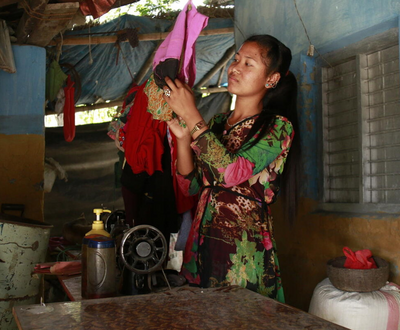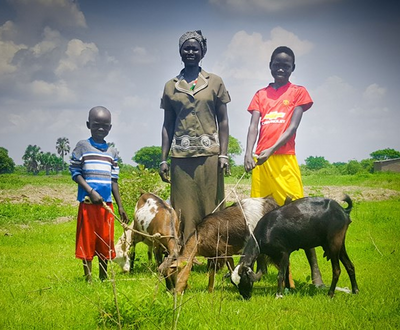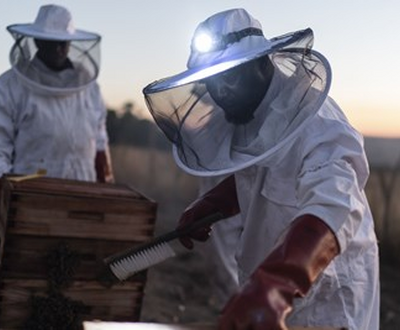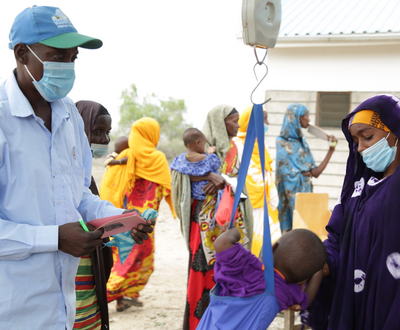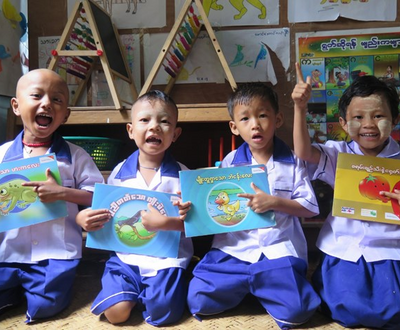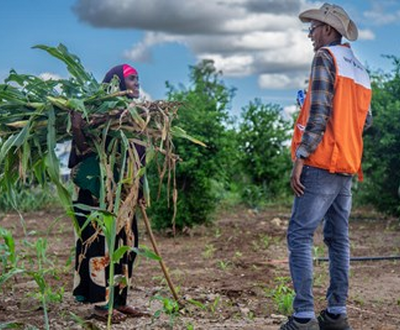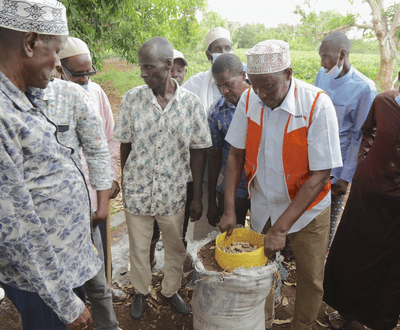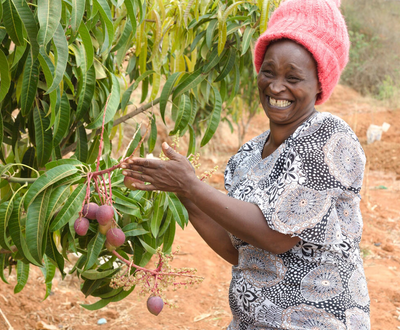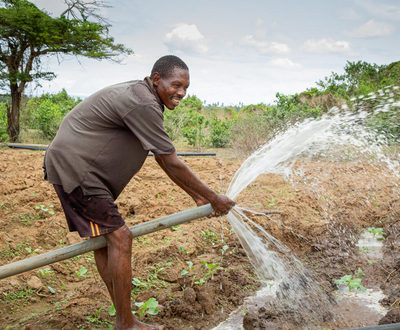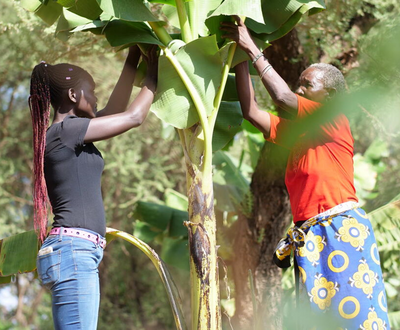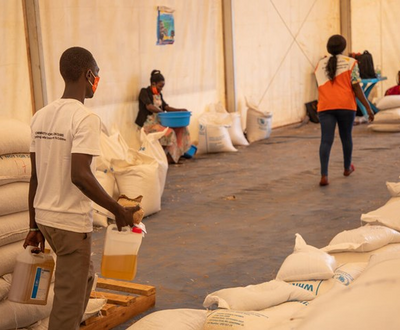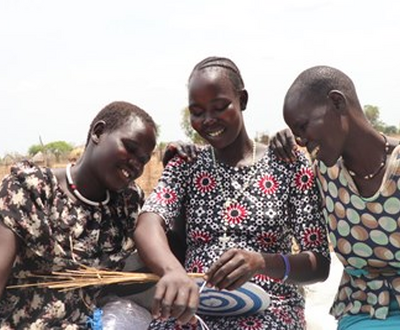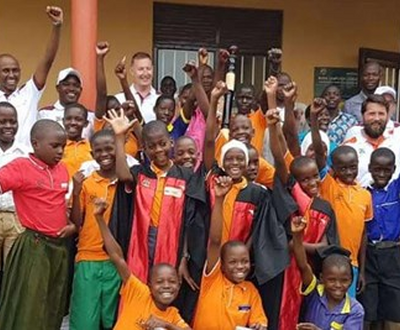Economic development and livelihoods approaches
Empowering communities to provide for themselves and prosper is central to the development work World Vision does. We work with communities to support them in multiple ways: prepare youth to take advantage of economic opportunities, establish savings groups and ensure families are able to provide better for themselves. Economic Development is not an end in itself, but an essential part of the change required so that families and communities can create nurturing environments where children can thrive. Improved incomes and financial stability in the household mean that families have the option to spend money on things that positively impact their children’s lives, such as nutrition or education.
Family and community centered approaches
Through family and community-centered approaches, we focus on behaviour change, systems strengthening, and advocacy at various levels to break the cycle of vulnerability.
Food security and resilient agriculture approaches
To reduce hunger, improving agriculture on small farms is critical. We support farmers with drought resistant seeds, and promote the adoption of farming methods appropriate to the climate in order to help communities increase crop production. World Vision also supports households and farmers groups to develop horticulture and backyard gardening to increase the diversity of crops available at home – this reduces risk and also helps improve nutrition. In some cases, improved breed livestock are provided, which can better stand the harsh conditions and provide an alternative source of nutrition and income. We also work with farmers to increase crop productivity through providing access to improved seeds and farming tools and deliver training in more efficient farming practices.
Sustainable management of natural resources
It is critical that the natural resource base on which small farming depends is protected and developed. We support communities to farm and manage natural resources in a sustainable way, to prevent soil erosion, maintain soil fertility, and use water more efficiently.

